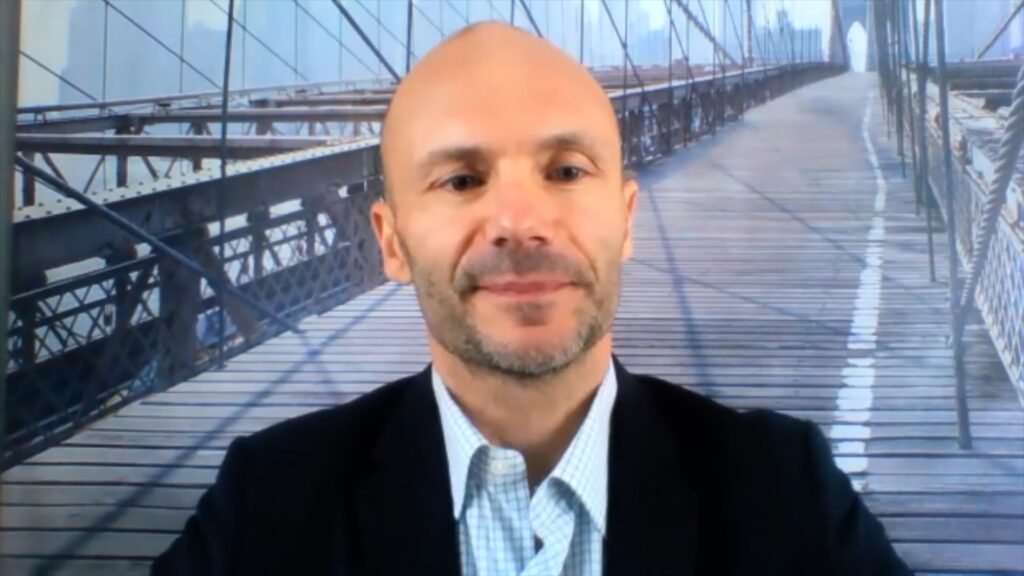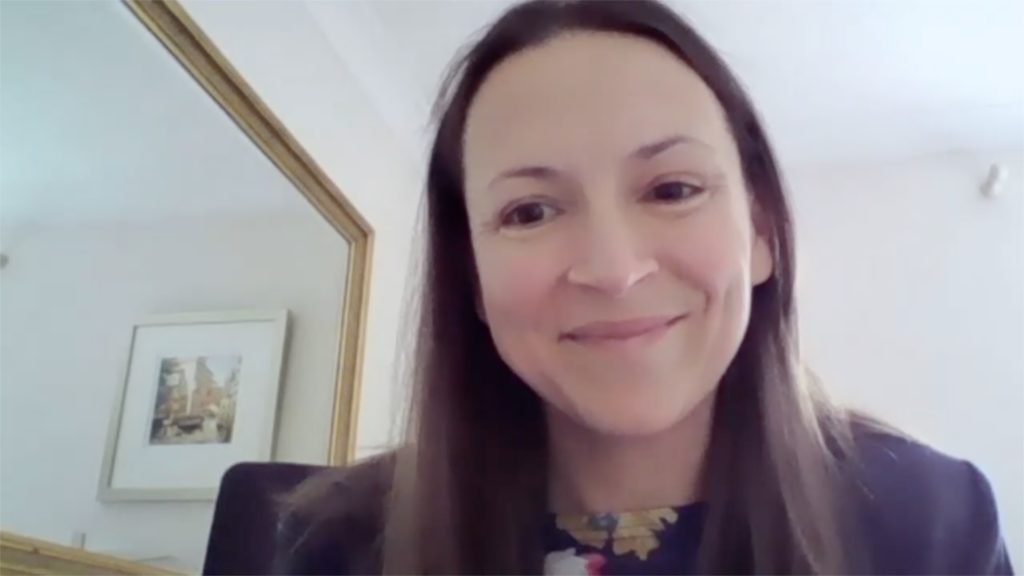Hereditary angioedema (HAE) is a rare genetic disorder characterized by recurrent episodes of severe swelling in various parts of the body, including the abdomen, extremities, face, and airways, which can be life-threatening. Managing HAE effectively remains a significant challenge, but recent clinical trials presented at EAACI 2024, in Valencia, Spain, have shown promising advancements in treatment options.
The phase III OASIS-HAE (NCT05139810) and OASISplus studies (NCT04307381) of donidalorsen demonstrated significant and sustained reductions in mean monthly HAE attack rate and continued attack rate improvement after 1 year for both monthly and every 2-month dosing.
In the phase III OASIS-HAE study, patients with HAE were treated with donidalorsen (80 mg) via subcutaneous injection every 4 weeks (Q4W) or every 8 weeks (Q8W), or placebo, over 24 weeks. The study met its primary endpoint, with an 81% reduction in monthly HAE attacks for Q4W and 55% for Q8W compared with placebo. Donidalorsen Q4W also showed significant reductions in severe attacks (89%) and those requiring acute therapy (92%). Quality of life improved significantly, and 91% of Q4W patients were well-controlled by week 25. Donidalorsen was well-tolerated, with no serious treatment-related adverse events.
The OASISplus study included an open-label extension (OLE) cohort to assess patients switching from newer prophylactic treatments to donidalorsen. After the placebo-controlled OASIS-HAE period, 94% of eligible patients joined the OLE cohort, receiving subcutaneous donidalorsen every 4 (Q4W) or 8 weeks (Q8W). By 28 February 2024, attack rates improved by 93% (Q4W) and 92% (Q8W). Quality of life also improved significantly, with AE-QoL scores increasing by 28 (Q4W) and 24 points (Q8W). Safety results showed no serious concerns or patient discontinuations.
Commenting on the data, Clinical Trial Investigator Marc Riedl, MD MS (Division of Allergy & Immunology, University of California, San Diego) said: “People living with HAE are facing a lifelong battle, and I see that impact first-hand in my practice. It’s critical for treatment options to have lasting, durable efficacy. The OASISplus study demonstrated patients are able to change therapy to donidalorsen without the risk of increased breakthrough HAE attacks while continuing to improve in measures of quality of life and disease control.”
Analysis from the OASISplus switch cohort evaluated donidalorsen every 4 weeks in 64 patients previously treated with other prophylactic HAE medications. Over 17 weeks, patients transitioned to donidalorsen without increased breakthrough attacks, achieving a 62% reduction in mean monthly HAE attacks. 84% preferred donidalorsen for better control and fewer side effects. Quality of life improved, with 93% reporting well-controlled disease. Safety results were favourable, with no serious concerns.
The pivotal phase III KONFIDENT trial (NCT05259917) demonstrated that sebetralstat effectively and safely treats HAE) attacks, meeting primary and key secondary endpoints. Patients treated with sebetralstat had a significantly faster onset of symptom relief compared with placebo: 1.61 hours for 300 mg and 1.79 hours for 600 mg, versus 6.72 hours for placebo. Additionally, sebetralstat significantly reduced attack severity and time to complete attack resolution. The median time from attack onset to treatment was 41 minutes, with 55.7% of participants treating within an hour. The safety profile of sebetralstat was similar to placebo, with no serious adverse events and low treatment-related adverse event rates (2.3% for 300 mg, 3.2% for 600 mg, and 4.8% for placebo).
Interim results from the phase III KONFIDENT-S open-label extension trial (NCT05505916), included 112 participants from Europe (50%), the USA (27.7%) and other regions (22.3%). Participants ranged from 12 to over 65 years of age, with 68.8% receiving on-demand treatment and 31.3% on long-term prophylaxis. Sebetralstat treated 649 attacks, with a median of 5 attacks per participant. The median time from attack onset to treatment was 9 minutes, with symptom relief starting at 1.8 hours. Times to reduction in attack severity and complete resolution were consistent with the KONFIDENT trial and laryngeal attacks had a median symptom relief time of 1.3 hours.
“Compared to KONFIDENT, which is a placebo-controlled crossover trial, KONFIDENT-S has many real-world elements which enabled patients to treat attacks even earlier as evidenced by a median time to treatment of 9 minutes. These results further validate the promise of an oral on-demand treatment. By acting quickly, patients may halt the progression of attacks before they become severe and thereby minimize the burden of their attacks and the time to improvement and resolution of their symptoms,” said Henriette Farkas, MD, PhD, Hungarian Angioedema Center of Reference and Excellence, Department of Internal Medicine and Haematology, Semmelweis University, Budapest, Hungary.
Disclosures: This article was created by the touchIMMUNOLOGY team utilizing AI as an editorial tool (ChatGPT (GPT-4o) [Large language model]. https://chat.openai.com/chat.) The content was developed and edited by human editors. No funding was received in the publication of this article.





